When your own a small business, but typically don’t have the funds or time to invest in high-cost, all-encompassing marketing methods that larger corporations use. You should priorities low-cost choices that don’t need a lot of work to maintain. Without sophisticated marketing experience or funding, platforms such as email and unpaid social media marketing may introduce the world to your business and develop your consumer base.

Social media is different because it is more participatory. Customers click on links in your emails, but they seldom promote two-way dialogue. You can initiate interactions with your clients on social media. Every post provides a chance for debate, making it an ideal avenue for connecting with your followers and developing trusted connections. With nearly one in every five adults in the United States on Twitter, there’s a high chance your consumers are as well. Twitter may become a doorway to establishing a dedicated fan following for your small business if you grasp some fundamental Twitter best practices and know the sorts of postings that resonate with your followers.
Is it possible for your small business to succeed on Twitter?
Yes, twitter can help almost any sort of business succeed, whether it’s an online e-commerce site, a local coffee shop, a hair saloon, or a handcrafted gift shop. You can be successful on twitter if your clients are. If you can only commit to one or two social media channels, make twitter one of them. There are a few options for finding out.

Discuss with your customers
The simplest approach to find out if your consumers are on Twitter is to just ask! Send a simple poll about social media if you currently have an internet business and an email list. Inquire with your clients about the social media networks they use the most, the kind of material they share, and the businesses they follow. SurveyMonkey and Typeform are two free tools for collecting information from your email list. As an example, here’s a Typeform social media survey template. Customize it to learn more about your target audience.
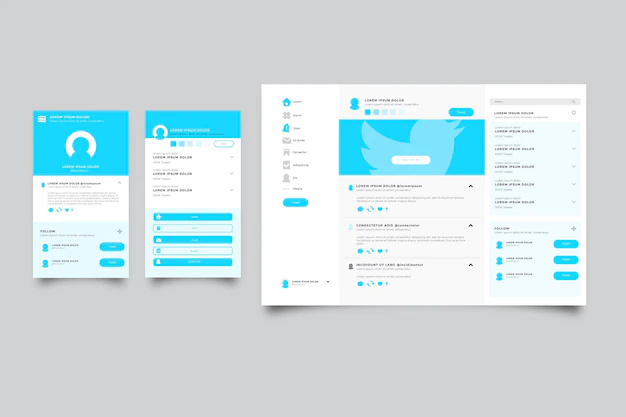
Is there no email list? Get a temperature check at the cash checkout if you have a real business. Tell a consumer you’re thinking about joining social media and ask whether they follow businesses online and which platforms they use.
Compare your target audience with the Twitter audience
Certain categories of people are more engaged on each social media network. Contrast your target audience with the Twitter audience. Certain groups of people are more active on each social media platform than others. You should compare your target audience’s demographics (information such as gender, age, geographic area, income, and so on) and psychographic data (psychological attributes such as personality, interests, and values) to the social media platforms you’re investigating.
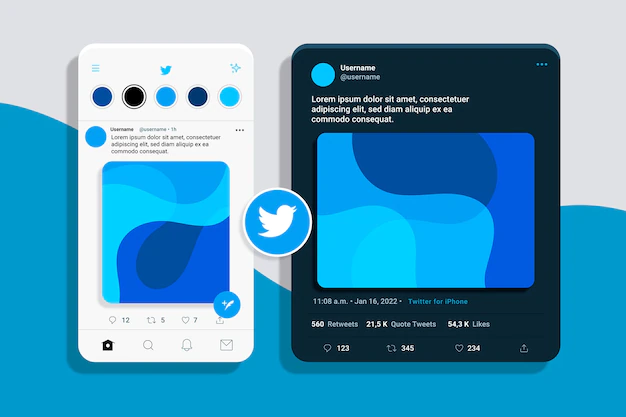
Consider your competition
Every customer of your competitors is a potential customer for you. So, if your competitors are doing well on Twitter, chances are your people are as well. All you have to do now is start tweeting. If your competitors aren’t on Twitter, it might be an indication that the platform isn’t suited for you. If you have cause to assume otherwise, such as many current clients, have said they’d follow your brand on Twitter – ignore your competition and set up an account. Twitter might be a goldmine that your company is the first to discover.
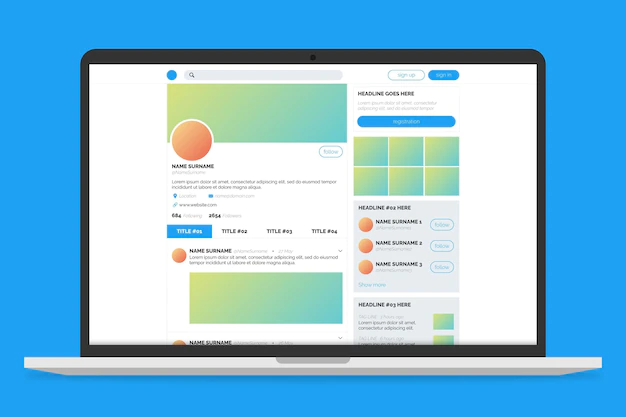
How Twitter assist your small business in growing?
Twitter may help your business communicate with current customers and find new ones. According to a 2021 poll of 4,300 marketers conducted by social media report over half of business-to-consumer marketers utilize Twitter (i.e., marketers that work for brands that sell to consumers as opposed to brands that sell to businesses, like the software you use for your website). And it’s easy to understand why. According to the research, 88 percent of marketers use their efforts to boost business visibility. on the social media Seventy-nine percent of them report higher website traffic. Other advantages include gaining dedicated followers, increasing sales, and expanding corporate collaborations.
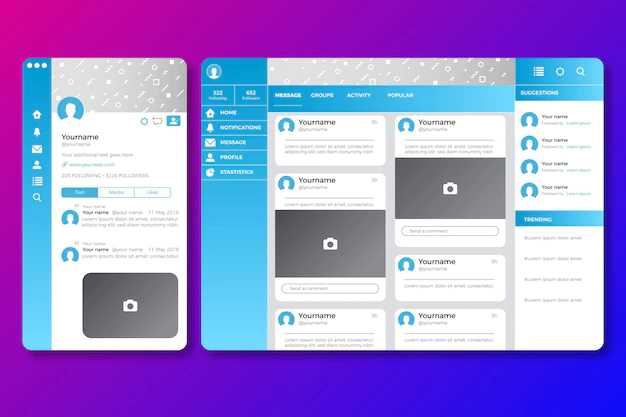
What forms of content do well on Twitter for small businesses?
Twitter moves quickly. It’s all about material that can be read or seen in seconds, therefore images and snappy language are both required. The message you’re conveying must stand out in people’s Twitter feeds. As a result, there are a few sorts of material that do exceptionally well on Twitter.
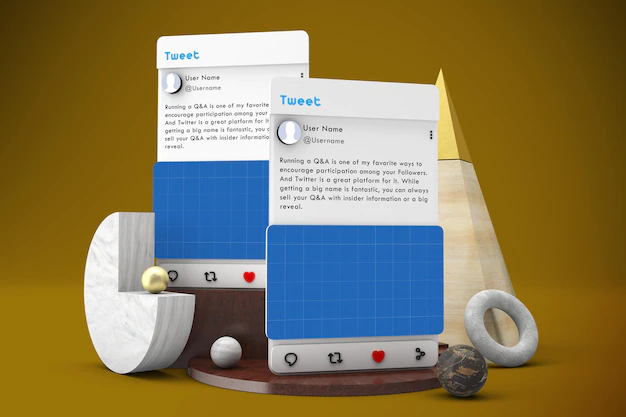
6 Twitter recommended practices for small businesses
To be effective on Twitter, keep other excellent practices in mind while you tweet.
Be relatable not selling
People on social media do not want to be sold to. Tweeting is less about marketing your product and more about connecting with your consumers. So, instead of informing them about your latest sheets, consider publishing meaningful sleep material as Casper does. If you’re going to publish about your new items, mix it up with a lot of other non-selling content. You can get away with some blatant product marketing if you also publish enough hilarious or thought-provoking non-sales content to keep people interested in your account.
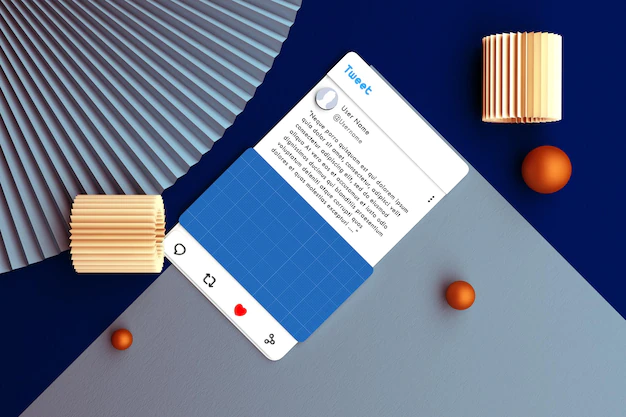
Instead of linking out, share media directly on Twitter
All social media platforms prefer content that is uploaded directly on the platform above content that is linked out. By directly publishing a photo or video to Twitter, you ensure that it is viewed by as many people as possible. Furthermore, if individuals are on Twitter, it is because they want to be there, not because they want to be on YouTube. Limit the number of times you link to other websites, including your own.

Do not copy and paste content from other channels
If someone follows you on many platforms, you must deliver a distinct experience on each one. There is nothing new for them to interact with if you send an email and then utilize the subject line as a tweet. People should not be following you in both places. As a result, customize your material for multiple platforms.
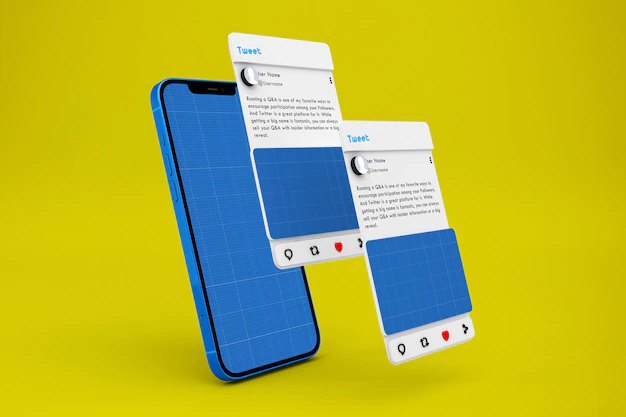
Communicate with your fans
Having a strong social media presence entails more than just providing interesting information. You must interact with those who are tweeting about your material. To keep the dialogue going and establish relationships with your followers, follow people back, like their posts, and react to comments. It will entice people to continue communicating with you on Twitter.
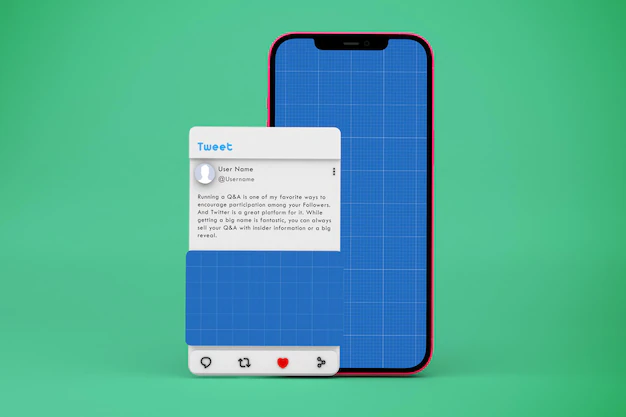
Real-time tweets can be used to supplement your scheduled updates
Responding to current events makes you more relevant to your audience. Earn followers rather than purchasing them. It may be tempting to purchase Twitter followers in order to increase your analytics, but this will not help your business. Those purchased followers will not read or interact with your content. And it’s not a good look if others find out.
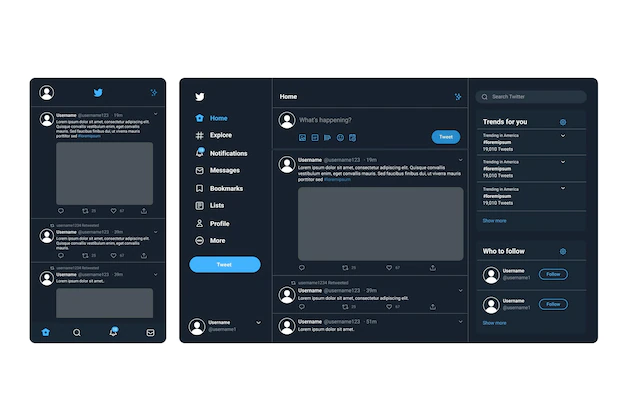
Instead, concentrate on developing compelling material to attract new followers. Encourage your current consumers to follow you on Twitter. Place your Twitter username at the bottom of emails or on a bulletin board near the cash register. Consider a limited-time incentive, such as joining a raffle or obtaining a discount for following your brand’s Twitter account.





